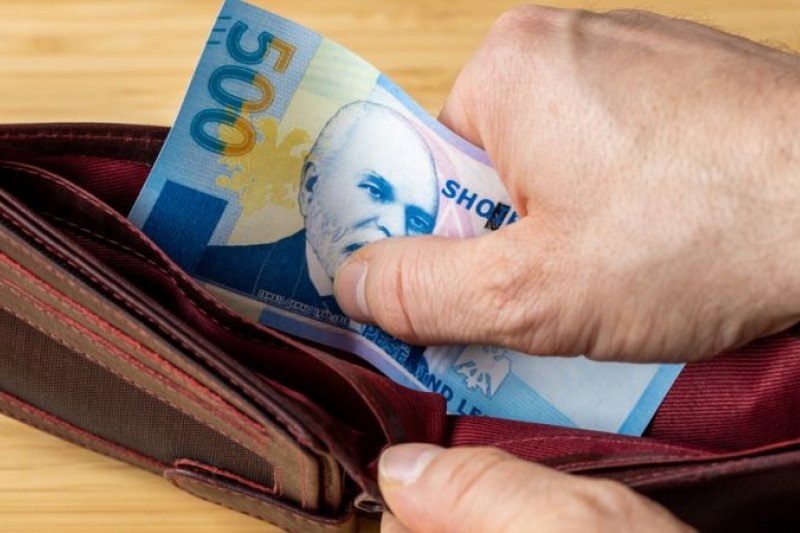Per Capita Income, Albania the Poorest Country in Europe
Albanian families and individuals have less disposable income, measured according to purchasing power in Europe (data for Kosovo missing).
Eurostat has published the indicator of median disposable income which is the total income of a family, after taxes and other deductions, that is available for spending or saving, divided by the number of family members (converted to adults). The indicator is expressed according to the standards of purchasing power per inhabitant (PPS).
For Albania, the indicator is 4,385 PPS, which refers to the year 2020, out of about 18 thousand PPS, which is the European Union average (for 2020-2021), or 24.4% of the European average. (the median means that half of the population has a disposable income lower than PPS 4,385 and half more).
North Macedonia ranks after Albania, with almost 6 thousand PPS, Serbia (6,602), Turkey (6,620), Montenegro (6,861).
According to Eurostat, Equivalent disposable income is calculated in three steps:
– all monetary income received from any source by each member of a family is collected; these include income from work, investments and social benefits, plus any other household income; taxes and social contributions that have been paid are deducted from this amount;
– to reflect changes in the size and composition of a family, the total (net) income of the family is divided by the number of 'equivalent adults', using a standard (equivalent) scale: the modified OECD scale; this scale assigns a weight to all family members (and then sums these to arrive at equal family size):
-1.0 for the first adult;
-0.5 for the second person and each follower aged 14 and over;
-0.3 for each child under 14 years of age.
Finally, the resulting figure is called equivalent disposable income and is attributed equally to each family member.
This indicator is in line with other Eurostat rankings that place Albania last, both for income per capita and individual consumption per capita.
-Europe
In 2021, the average disposable income was PPS 18 019 per inhabitant in the EU. It varied considerably across EU member states and ranged from 32,132 PPS in Luxembourg to 8,703 PPS in Romania.
The highest levels of average disposable income were recorded in the western and Nordic member states of the EU, notably Luxembourg (PPS 32,132), the Netherlands (PPS 24,560), Austria (PPS 24,450) and Germany (PPS 23,401 PPS).
On the other hand, average disposable income was lower in most of the Southern and Eastern Member States, especially in Romania (8 703 PPS), Bulgaria (9 375 PPS), Greece (9 917 PPS) and Hungary (9 982 PPS ).
(Source: Monitor)













